Heavenly Hillstreams
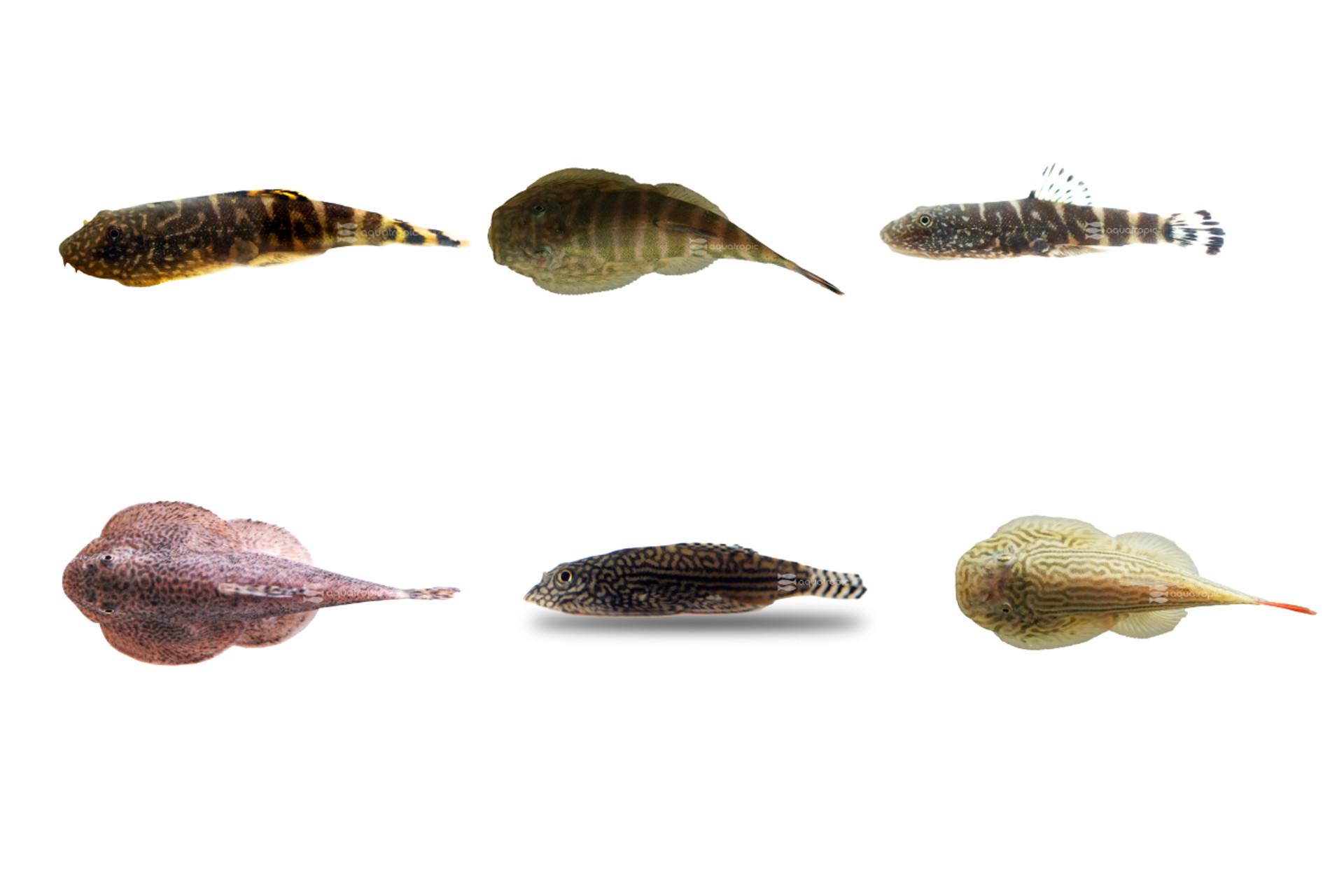
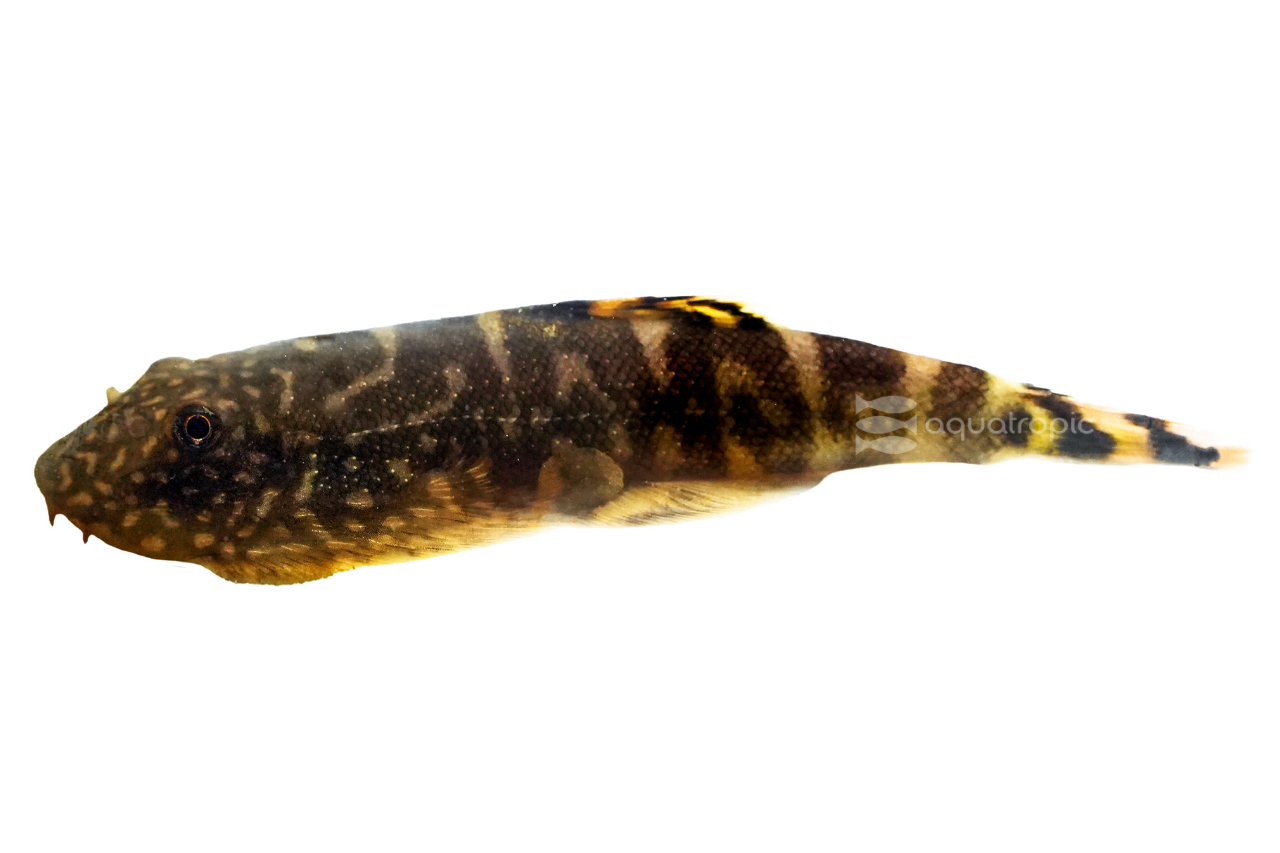
Long term readers here have likely heard us say that the common name “Butterfly Loach” has possibly been overused. As of the writing of this, we can find at least 20, (and there are probably twice this number) of fish that are currently or have at some time been called this. Then we get into the whole “Hillstream” bit, maybe add the terms “Chinese” or “Borneo” and possibly “Sucker” or even Pleco, and you'll describe about 90% of the common names that at most of these sometimes share and are often misapplied even if they were right. Some of the fish in this this group are actually in different genus which means we can't just talk about them that way either! So, without further ado, let's talk about the Hillstream Chinese Borneo Butterfly Loach Sucker Plecos! You all know what we mean! Here at Aquatropic, we supply our partner stores with a large variety of these fish like Double Red Tail Borneo Suckers, Dot Dash Borneo Suckers, Reticulated Hillstream Loaches, “SKO2” Red Tail Hillstream Loaches, Yellow Fin Hillstreams and Spotted Hillstreams among others!
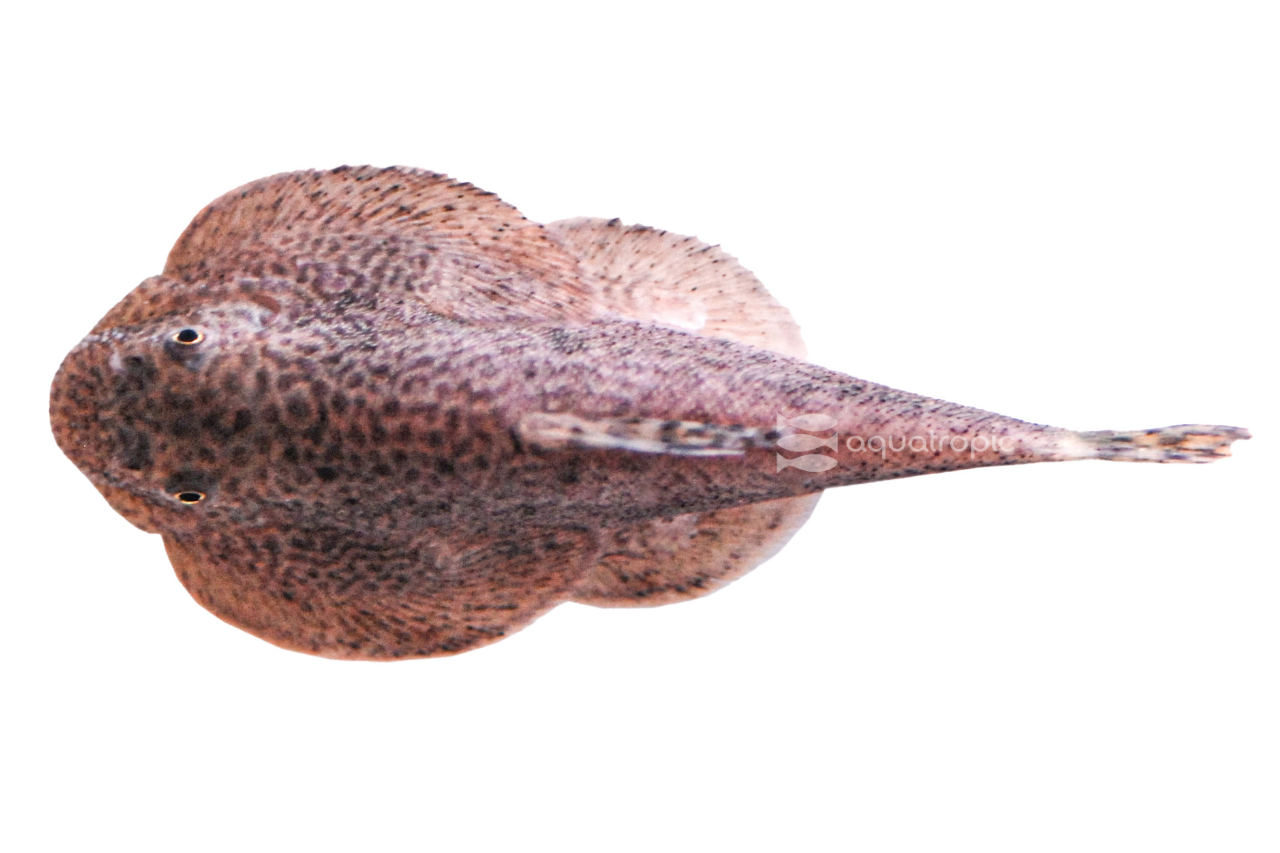
So, what do all these fish share? Well, wild habitat for one, while they can come from different locations, they all share a very similar niche, and that is fast moving, clear mountain streams with a lot of riffles and waterfalls that create a habitat very rich in oxygen and biofilm. Whether the Hillstream Loaches you want comes from Borneo or China or Vietnam, it originated in a habitat much like the one described here. The amazing body shape of these fish literally works like a couple of suction cups. This allows the Loaches to move about and stick to rocks in currents that would otherwise be vastly too strong for them to navigate! Also, this suction cup like body function does allow them to climb glass like they're headed up the side of skyscraper in a Mission Impossible scene, so cover your display tanks.
All of these fish need a specific thing, and contrary to what you've read before, it isn't necessarily flow. It's oxygen, and lots of it. Now big flow is a good way to introduce oxygen to your tank, (more air contact, means more oxygenation in the water. It is also a great way to display these fish, so we don't mean to put you off that display idea, but it isn't necessarily required; a high level of dissolved oxygen is!
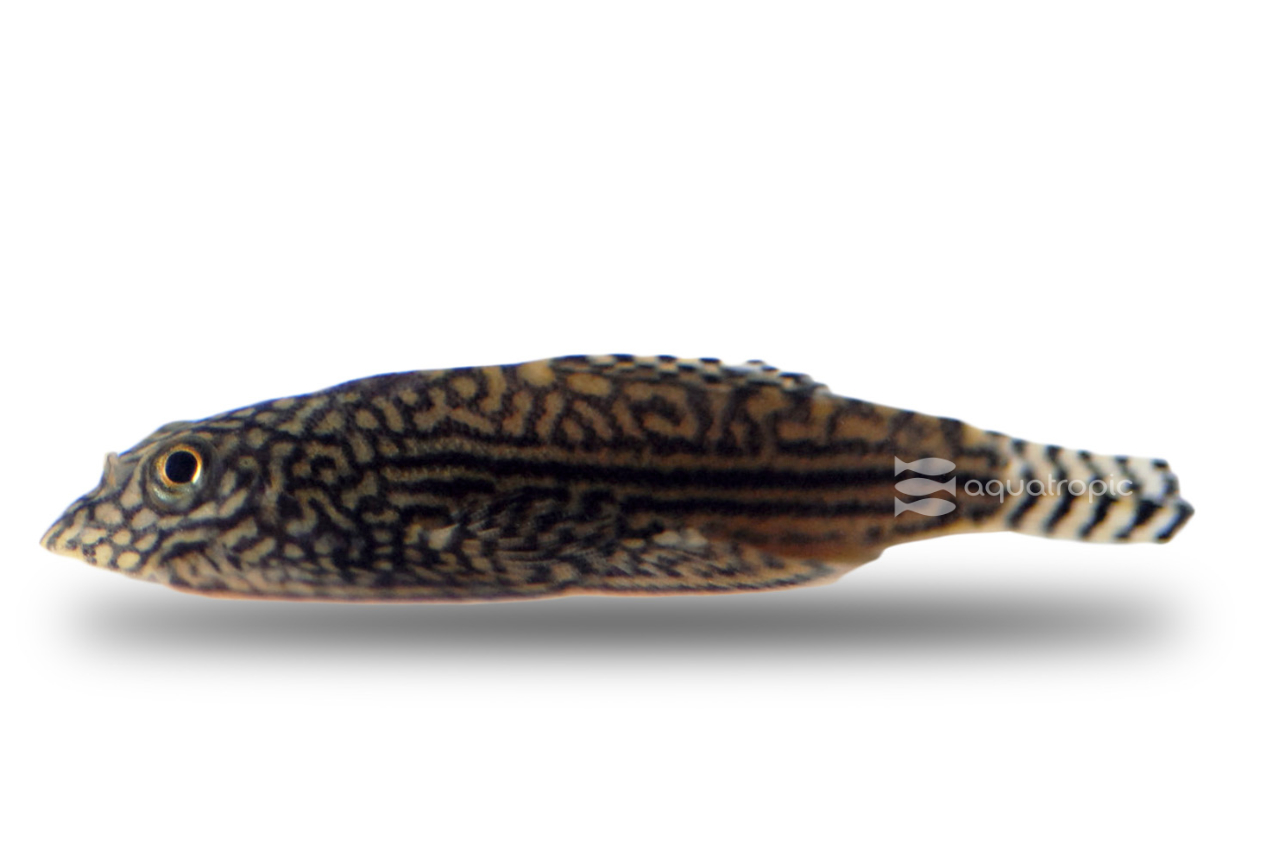
These fish will also do best in very clean water, so while they don't need a big display, it should be aggressively filtered, and overturning the tank will help the oxygenation level. Try to turn over the whole volume of the display at least 10-15 times per hour, and they could easily handle more. If you want to add more flow, or your fish seem lethargic and need more oxygen, you can also use powerheads and air stones to generate it.
All these loaches can be kept in aquarium water that approaches 80 degrees, but that is too warm for their best interests. We suggest keeping them in the low 70s which will make maintaining high dissolved oxygen much easier (gasses dissolve better in cooler liquids – google Henry's Law). In regard to the other water parameters, keeping the nutrient level low will aid your quest for oxygen saturation, by reducing the BOD which stands for biological oxygen demand (decomposing things need oxygen). So, we suggest doing regular and large water changes for these species. Hardness wise they are not very picky, and the water's pH should be mostly neutral (6.5-7.5)
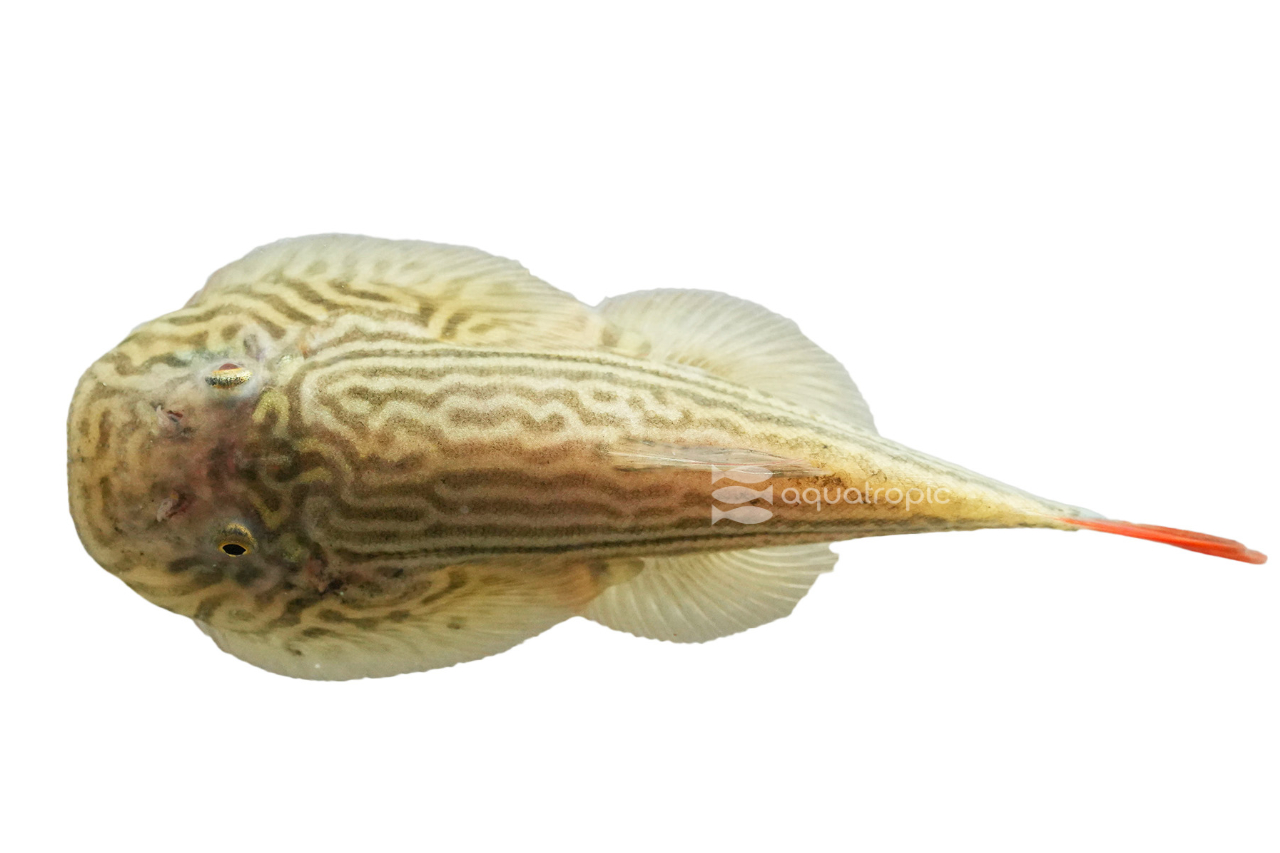
A small group of three or four Hillstream Loaches could be kept in a tank as small as 20 gallons, and since we suggest keeping them in groups, you probably shouldn't keep in them in less water than this. You could keep a group of five to eight or nine in a 40-gallon breeder, which would be a very cool display with some ripping current through it. Utilize the kinds of décor you would see in an environment like the one all these fish share. Imagine fast current in a clear mountain stream. What would that look like underwater? It would have large, rounded boulders, perhaps some very smooth clean driftwood, and a rounded pebble substrate. All these Loaches will be good with plants, but most plants are not going to love this type of display.
We suggest keeping the Hillstreams in groups of at least three or more, and you can mix and match species. Having multiples will make them more comfortable and emboldened. Males may squabble a bit and will attempt to cover each other up in what amounts to harmless posturing in the end and is often referred to as “topping.” Other good tankmates include Halfbeaks, Akysis Catfish, Danios and Rasboras etc. Other peaceful stream dwellers like Rhinogobius could also work.
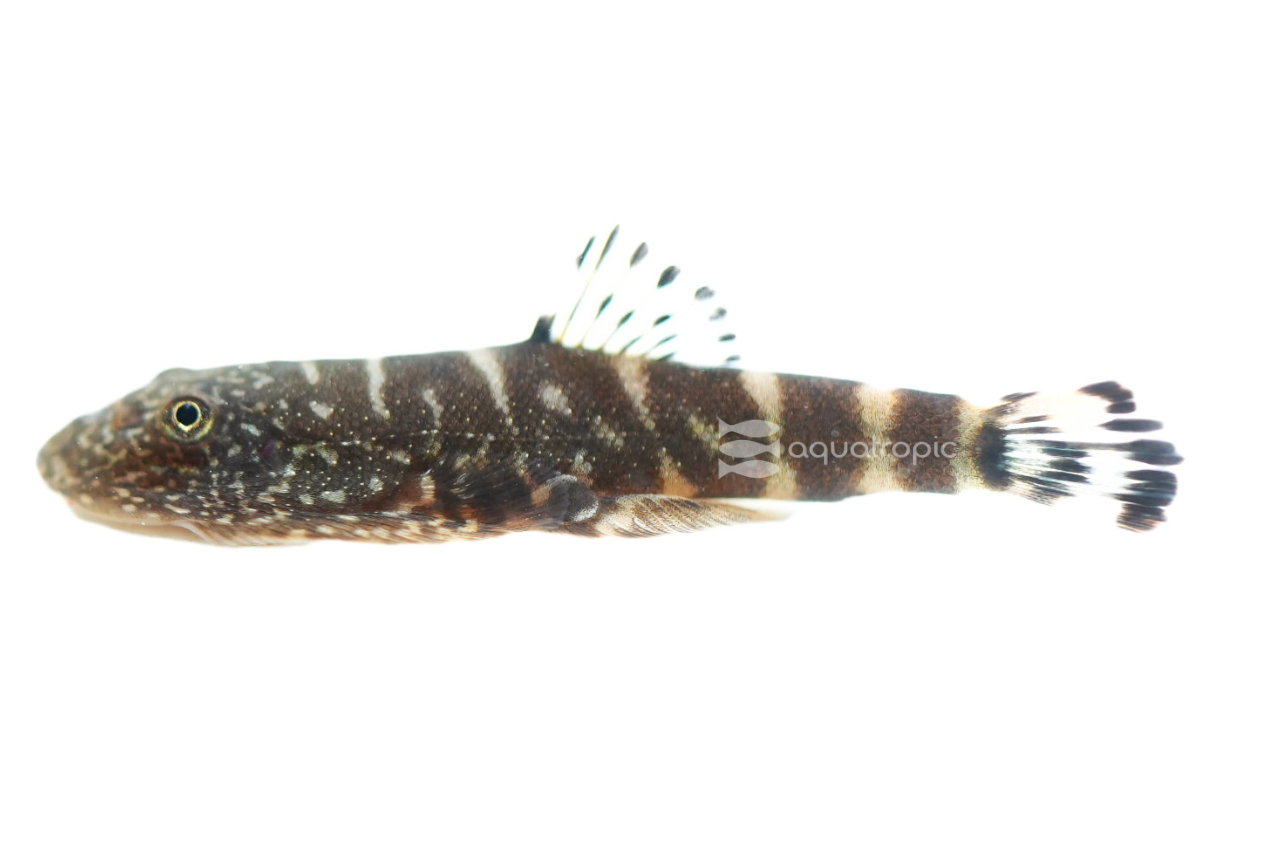
While plants may not generally thrive in displays like this, they are perfect for growing a gorgeous film of algae, and this is the primary food of all the Hillstream Loaches. We suggest not cleaning any of these algae off with the exception of the viewing glass to leave as much natural food in the tank as possible. While the Loaches graze on the film, they also end up eating small invertebrates like aquatic insects and their larvae / pupae. So, replicate this diet as well as possible; avoid foods that are super protein dense like bloodworms and tubifex (except for rare snacks). The Hillstream Loaches do great on Nutramar's Algae and Color Boost Shots, which can be stuck to the low glass or smooth rocks. This offers the Loaches a perfect balanced diet that they can graze on, a very natural feeding behavior for them. You could also supplement this diet with stuff like Gamma Brine Shrimp Plus Spirulina. Some aquarists will even go so far as to farm algae for their Loaches (and other algae eaters) by keeping some display appropriate rocks in a brightly lit tank (often using natural sunlight) and when these rocks develop a nice film after a couple days, they get moved into the display tank for the fish to clean up. This isn't usually necessary, but it offers a natural sustenance and feeding style which can help if your fish struggle to get enough food or are unusually finicky for some reason.
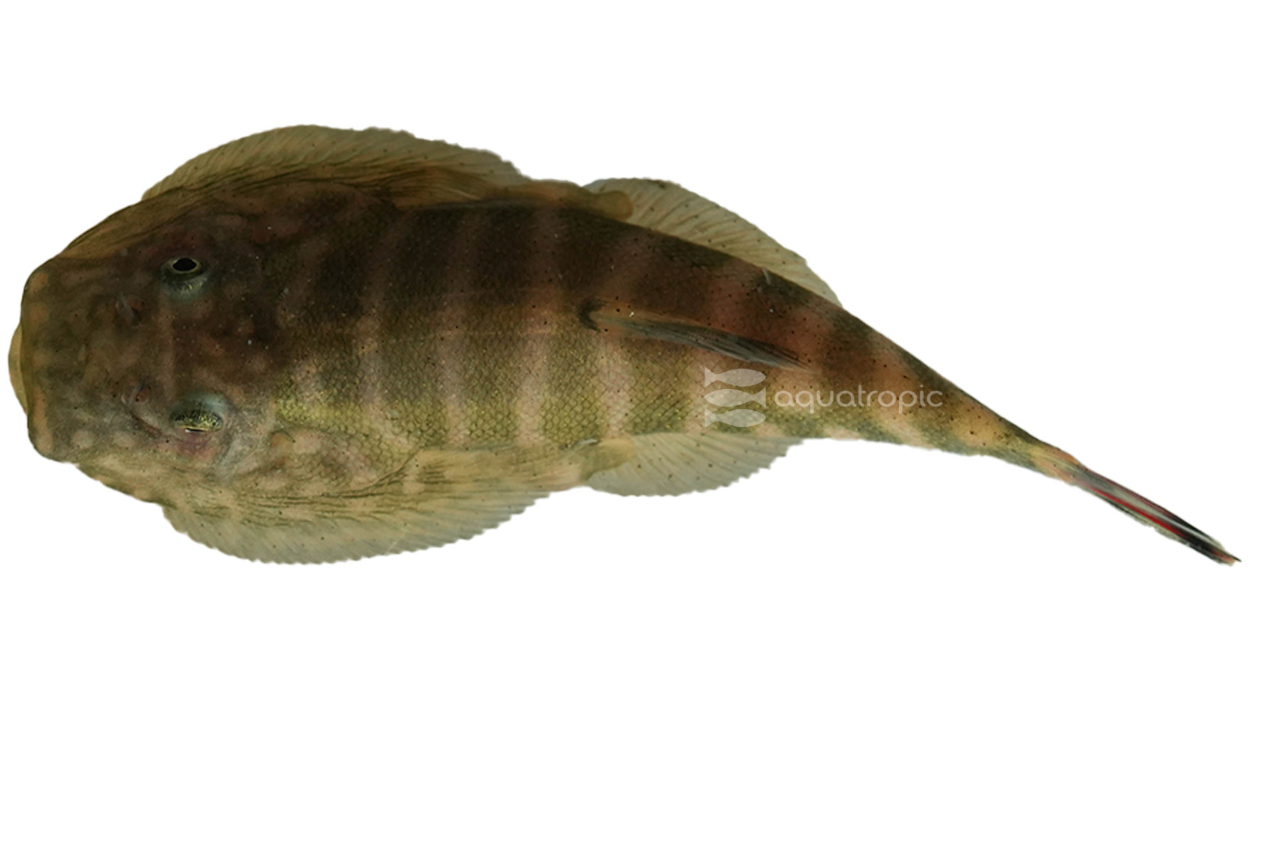
We want to review two newer species of Loaches that are bound to impress and are yet to be described. The Red Tail Hillstream ‘SK02’ Loach (Gastromyzon sp.) are found exclusively in the headwaters of the Sungai Amandit, a tributary of the larger Barito basin, located in the Meratus mountain range in the South Kalimantan province of Indonesian Borneo. The Dot-Dash Borneo Sucker (Gastromyzon sp.) are found only from the upper Sambas River in Bengkayang Regency, West Kalimantan Province, Indonesian Borneo. They are only typically collected approximately 37 miles from the Malaysian border for the aquarium trade. Both species look pretty similar in appearance and can be easily confused for one another. These Loaches have a more compressed body with wing like fins that make them very hydrodynamic, which allows them to survive in the fast-moving rivers of their natural habitats. The Red Tail Hillstream ‘SK02’ Loach has a dark brown mottled design with very small white dots covering their body. They sport a bright red caudal fin that helps them stand out against the substrate. The mottled design covers their whole body and face. While, the Dot-Dash Borneo Sucker has a lighter brown mottled designed body and tan larger spots on its face. Their body is also littered in small white dots and a bright red caudal tail. The Dot Dash sports spots on their operculum while the Red Tail does not.
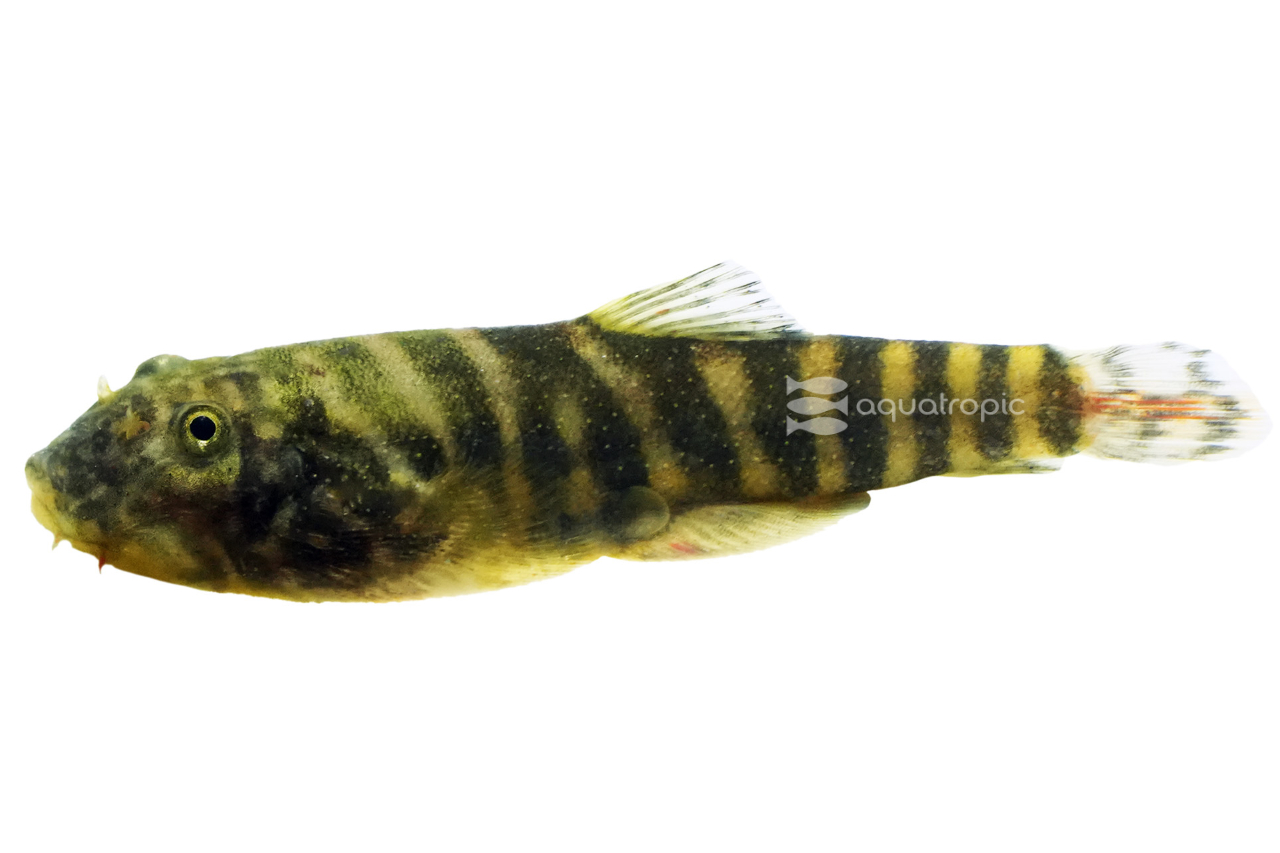
The Hillstream Loach Group represents some of the coolest fish you can find in freshwater. If you're looking for something like a freshwater ray for a small tank, this is about as close as one is going to get body shape wise (they really have nothing in common with rays). Hillstream Loaches are gloriously fun to watch, and regardless of which one you choose, they are beautifully marked and totally unique shape wise. If you'd love a fast water display, or just like odd, peaceful fish, a Hillstream Loach should be on your list of fish to try. To top it all off, given proper conditions and food, they are quite hardy! Head to your LFS and ask them to about getting you a group of Loaches, maybe even a mixed group from Aquatropic today!